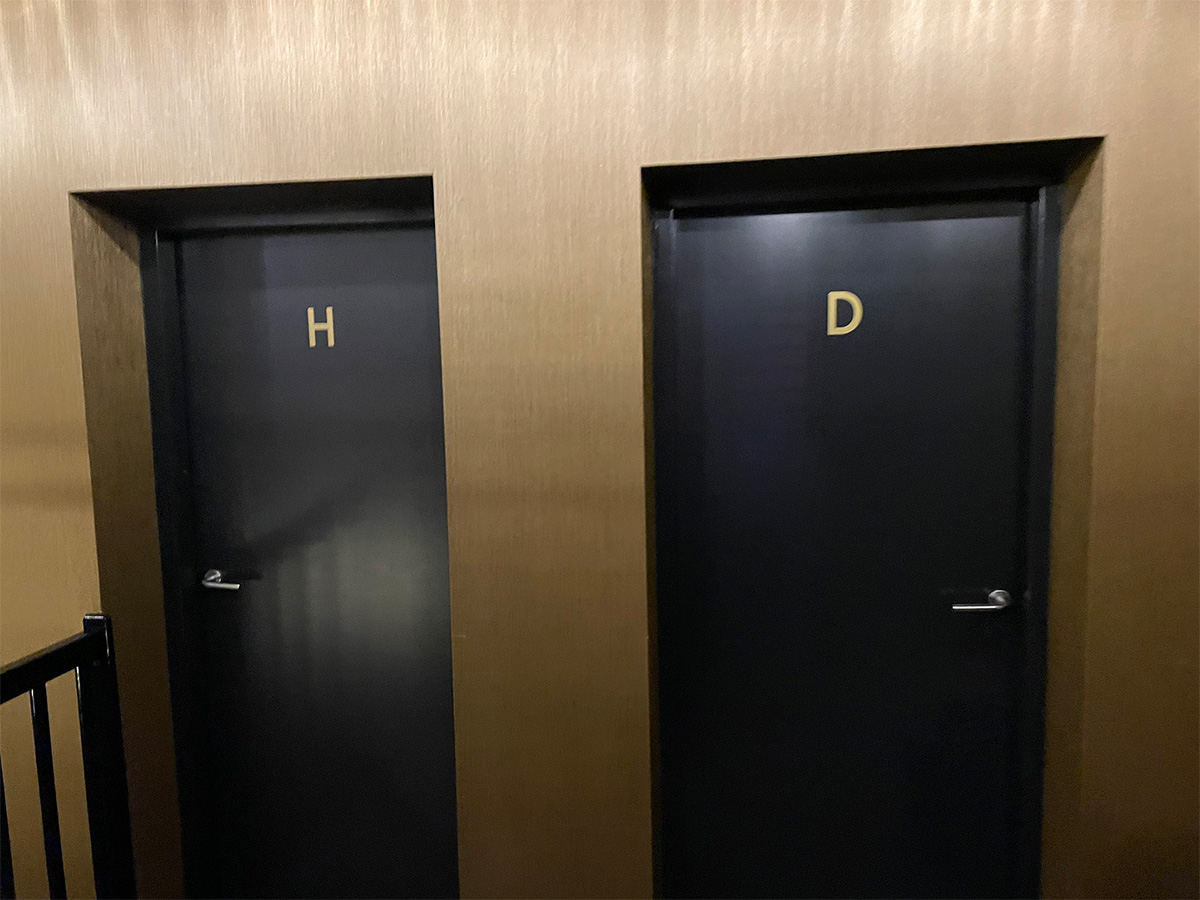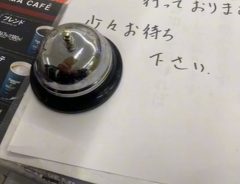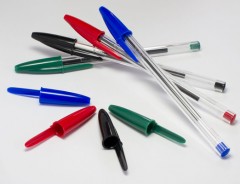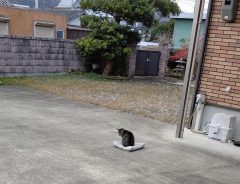
Source: Yoshi Koike (@yoshi_kotch) - image used with permission
“D for Dandy?” Japanese man confused by sign on Dutch bathroom door
Related Article
-

Japanese Student Translates Trump Tweets For English Practice, Learns The Best Words
-

Late-night visitor to Japanese convenience store finds no clerk and worrisome note on counter
-

Japanese Twitter User Finally Finds Use For “Most Useless English Sentence”
-

Owner is befuddled by his dog’s expression every time nature calls [manga]
-

Cat and futon blown in the wind adorably brings Japanese pun to life
-

Unusually humorous dog poop sign pops up in Japan


When you go to the restroom, you'll usually see a sign indicating entrances for men and women. In Japan, the signs are often pictograms like this:
However, depending on what country you're in, you may come across very different restroom signs...
Case in point. Yoshi Koike (@yoshi_kotch), who currently lives in the Netherlands where he runs a Japanese-language library, among other activities, needed to use the restroom when he was eating at a restaurant.
However, he was puzzled by what he saw. You can see for yourself:
Reproduced with permission from Yoshi Koike (@yoshi_kotch)
"Seriously, I wish they'd stop it with toilets like these. I didn't know which one was for men and I had to ask a staff member?"
Well, which one is for men...?
The letters on the door are "H" and "D".
Many Japanese people can recognize English signs like 'Men' and 'Women' or 'Gentlemen' and 'Ladies' but none of those apply here...
If you know Dutch (or German, Norwegian, Danish, Swedish, Icelandic, or Luxembourgish, for that matter), you'll instantly recognize that "D" is for women and "H" is for men. In fact, many other European languages have words beginning with either H or D for men and women, so you may still figure it out if you knew only one of them.
In this case, it's 'Heren' and 'Dames' in Dutch, since it's in the Netherlands. Incidentally, it's very similar in German, 'Damen' and 'Herren.'
This episode elicited numerous comments on Twitter, mostly from Japanese residents who empathized with Koike's situation. For example:
Others found an opportunity to make a bilingual joke:
They're either ヘーレン hēren [sounds like 入れん hairen, meaning 'can't enter'] or ダーメン dāmen [sounds like 駄目 dame, meaning 'no good,' or in this case, 'no entry']."
"H" and "D" are completely unfamiliar in Japan, so it makes sense that Koike would be confused if he hadn't learned Dutch yet. It's a good thing he didn't just assume, as one commenter did, that it was "D" for Dandy and entered the wrong bathroom.
Whenever you're in doubt, it's always better to ask!
Note from the editor: We incorrectly stated that “D” and “H” stood for men and women, respectively, when the opposite is true. We apologize for the error.